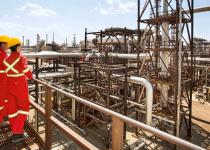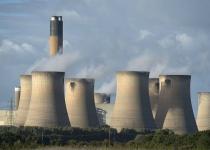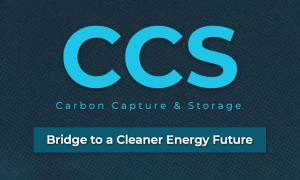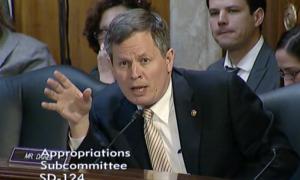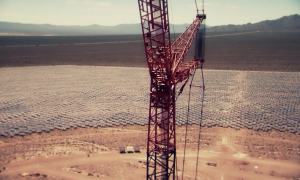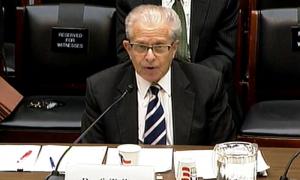There’s an old saw in the trash business that says, “everybody wants their trash picked up but nobody wants it put down.”
That’s not a perfect analogy for what’s happening with renewable-energy projects in New York and New England but the sentiment behind it is familiar.





